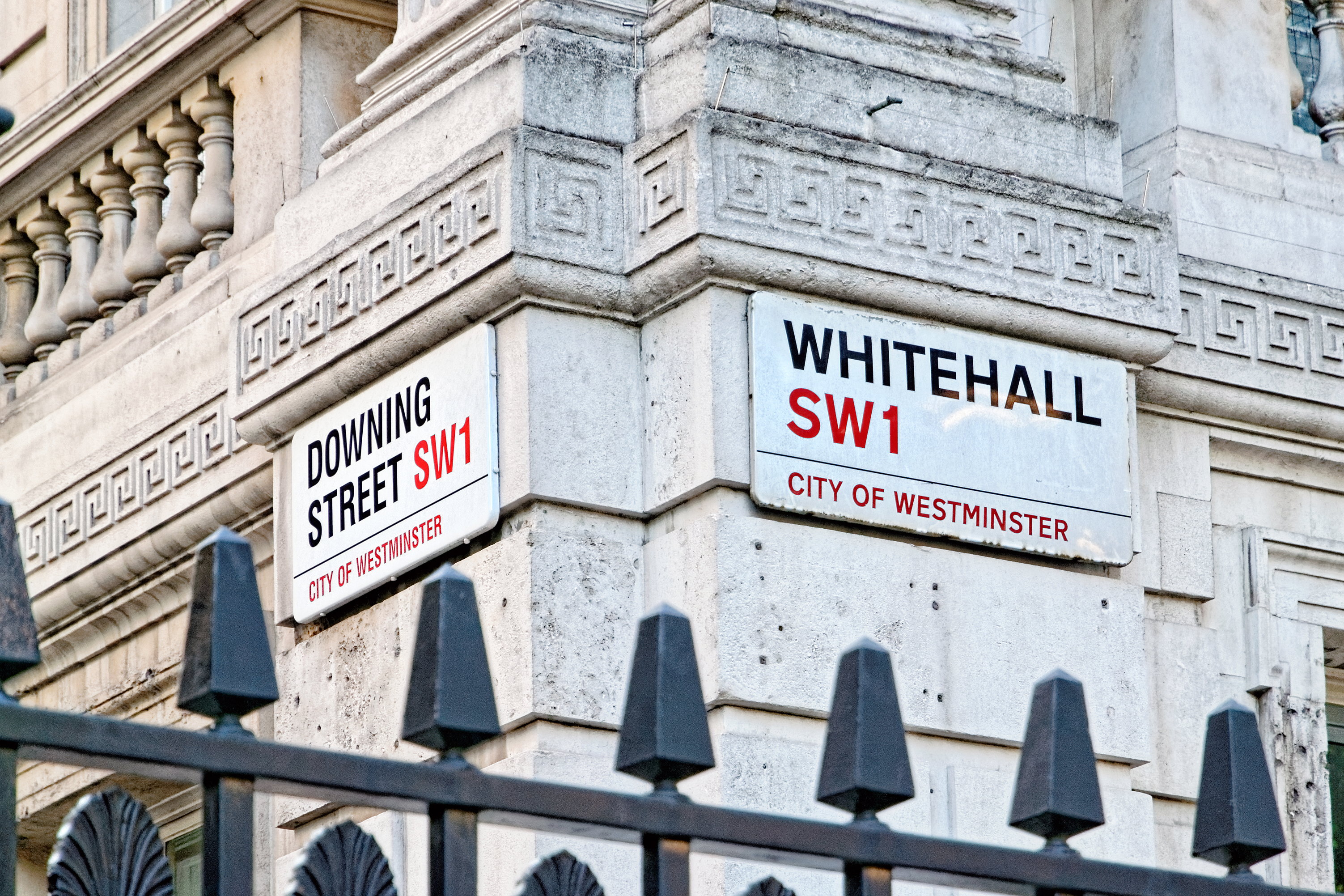What is air pollution?
The European Environment Agency defined air pollution as “the presence of contaminant or pollutant substances in the air at a concentration that interferes with human health or welfare, or produces other harmful environmental effects.”
The main source of air pollution is fossil fuel combustion, the central process for most electricity generation, heating systems and motor vehicles.
There are a vast range of air pollutants, which cause a variety of effects on the environment and health. Amongst those most commonly cited are sulphur dioxide, nitrogen oxides, ammonia, and particulate matter.
Air quality is key to the health of humans and ecosystems. Air pollution can lead to a variety of respiratory diseases, tuberculosis, bronchitis, heart and chest diseases, stomach disorders, and cancers. There is also growing understanding of the links between atmospheric problems such as local air pollution, acid rain, global climate change and stratospheric ozone depletion.


Air pollution is worst in Latin America and Asia. In cities such as Seoul and Mexico City, the air quality is so bad that people have now long worn facemasks just to filter the air.

Air quality is now the responsibility of Parliament after Britain’s departure from the EU.
Background
Air pollution has historically been caused by industrialisation and the consequent proliferation in the use of ‘fossil fuels’ (and therefore sulphur dioxide emissions) in the industrial process.
However, in modern Britain, traffic is now the major air polluter, with traffic fumes accounting for just over half of the total domestic nitrogen emissions.
Petrol and diesel-engine motor vehicles emit a wide variety of pollutants, mainly carbon monoxide (CO), nitrogen oxides (NOx), volatile organic compounds (VOCs) and particulates (PM10), which have an increasing impact on urban air quality.
The Gothenburg Protocol which came into force in 2005, set targets for reducing pollutants and emissions which were to be met by 2010.
A new Air Quality Directive came into force in June 2008, to be transposed into national legislation by June 2010. The Directive allows Member States to request, under strict conditions, time extensions to meet the air quality standards for PM10 (until 11th June 2011) and NO2 and benzene (until 2015 at the latest).
The UK Government and the devolved administrations published the Air Quality Strategy for England, Scotland, Wales and Northern Ireland on 17 July 2007. This set out a way forward for work and planning on air quality issues and air quality standards.
The EU National Emission Ceilings Directive later set ceilings for each Member State for emissions of ammonia, oxides of nitrogen, sulphur dioxide and volatile organic compounds (VOCs). These four pollutants are primarily responsible for acidification, eutrophication and ground-level ozone. The ceilings had to be met by 2010.
The EU Air Quality Framework Directive (96/62/EC) then defined the policy framework for 12 air pollutants known to have a harmful effect on human health and the environment. The limit values for these specific pollutants were set through a series of Daughter Directives.
Air Quality – Post Brexit
Following Britain’s departure from the European Union in 2020, air quality became the responsibility of the British Parliament and government.
A number of EU directives relevant to air quality had already been transposed into UK law through the Air Quality Standard Regulations 2010, including the Ambient Air Quality Directive 2008 which set legally binding limits for concentrations in outdoor air of major pollutants that impact public health such as particulate matter (PM10 and PM2.5) and nitrogen dioxide (NO2).
These limits required a significant reduction of air pollution in towns and cities across the UK, many of which currently exceed the EU’s pollution limits, particularly for nitrogen dioxide, which is linked to thousands of deaths across the country.
As such the air pollution limits set by the European Union will technically remain in UK law after Brexit, having been enshrined in domestic law through the Air Quality Standards Regulation. However, the European Union no longer has a role in the enforcement of these standards.
Theoretically the UK government is therefore free to repeal the existing limits or review any deadlines for meeting them. It is also free to introduce tighter air quality requirements than those that previously existed under EU law. Should it chose, it could though also increase the nature of the limits above those in existence in the EU.
The government currenrtly has two types of air quality target in the UK. The first is the national emissions ceilings, which are breached if too much of one pollutant is emitted across the UK within a calendar year. The second are local concentrattion limits, which are breached if the level of a pollutant in a specific area over a given period of time is too high.
Controversies
Concerns about air pollution range from the very local – many rural and suburban councils cite the nuisance caused by bonfires as their principal air pollution problem – to the truly global.
Pollution crosses national boundaries and international action, which is not always forthcoming, is required to address it. Moreover, evidence of climate change, caused by air pollution, suggests that pollution’s effects may be irreversible and catastrophic.
Environmental concerns have only become mainstream in the developed world’s political systems in the last 30 years or so, but many still claim that economic objectives are routinely given precedence over the environment. In the developing world, which is increasingly industrialising, the problem is becoming even more pressing.
Air pollution in the UK is cited as a contributing factor in a range of environmental and health problems, such as rising rates of childhood asthma, allergies and habitat loss, although its precise role is frequently vaguely defined.
Public Health England estimated in 2017 that reducing fine particulate matter concentrations by 1ug/m3 over 18 years could prevent 50,900 cases of coronary heart disease, 16,500 strokes, 9,300 cases of asthma and 4,200 lung cancers.
Environmental group Friends of the Earth claimed that air pollution in London breached legal limits in April 2011, despite commitments by both the UK Government and the London Mayor to bring it under control to avoid huge EU fines.
Statistics
Outdoor air pollution causes an estimated 40,000 deaths in the UK every year. Exposure to outdoor air pollution is estimated to lead to a loss of 15 minutes of life expectancy each day. In addition to the health implications, air pollution has a significant impact on business and our health services. In the UK, these costs add up to more than £20 billion every year. [Source – Royal College of Physicians Briefing Paper. 2017]
Domestic combustion using wood as a fuel accounted for 38% of primary emissions of particulate matter 2.5 in 2019. There is an increasing trend in emissions from this source; annual emissions from domestic wood burning have more-than doubled since 2003. Burning of solid fuels for manufacturing and construction was also a main source of particulate matter emissions (18 per cent in 2019). [Source – National Statistics – Emissions of air pollutants in the UK – 2021]
Road transport activity is a significant source of emissions of nitrogen oxides, and to a lesser extent particulate matter. Road transport accounted for 28% of emissions of nitrogen oxides in 2020, with a further 13% attributable to other forms of transport (aviation, rail, and shipping). [Source – National Statistics – Emissions of air pollutants in the UK – 2021]
Levels and trends in emissions of ammonia are largely driven by activity in the agriculture sector, primarily linked to herd sizes and the extent of fertiliser spreading. This sector accounted for 87 per cent of emissions of ammonia in 2020. [Source – National Statistics – Emissions of air pollutants in the UK – 2021]
Energy production and transformation were still significant sources of emissions of sulphur dioxide and nitrogen oxides in 2019 (23% and 18% of each pollutant respectively). [Source – National Statistics – Emissions of air pollutants in the UK – 2021]
Quotes
“Air pollution in the UK has declined significantly over recent decades through measures to reduce pollution from transport, industrial and domestic sources. However, the rate of reduction is now levelling off for some key pollutants such as oxides of nitrogen.” – Defra – 2011
“It’s outrageous that London is choking on air so dirty it’s illegal – air pollution contributes to thousands of premature deaths every year in the capital, particularly affecting some of its most disadvantaged people” – Friends of the Earth London Campaigner, Jenny Bates – April 2011
“Exposure to outdoor air pollution is associated with lifelong health implications, including: effects on foetal development (particularly in relation to lung and kidney development), and increases in heart attacks and strokes for those in later life. Air pollution is also linked to asthma, diabetes, dementia, obesity and cancer”. Royal College of Physicians Briefing Paper. 2017










